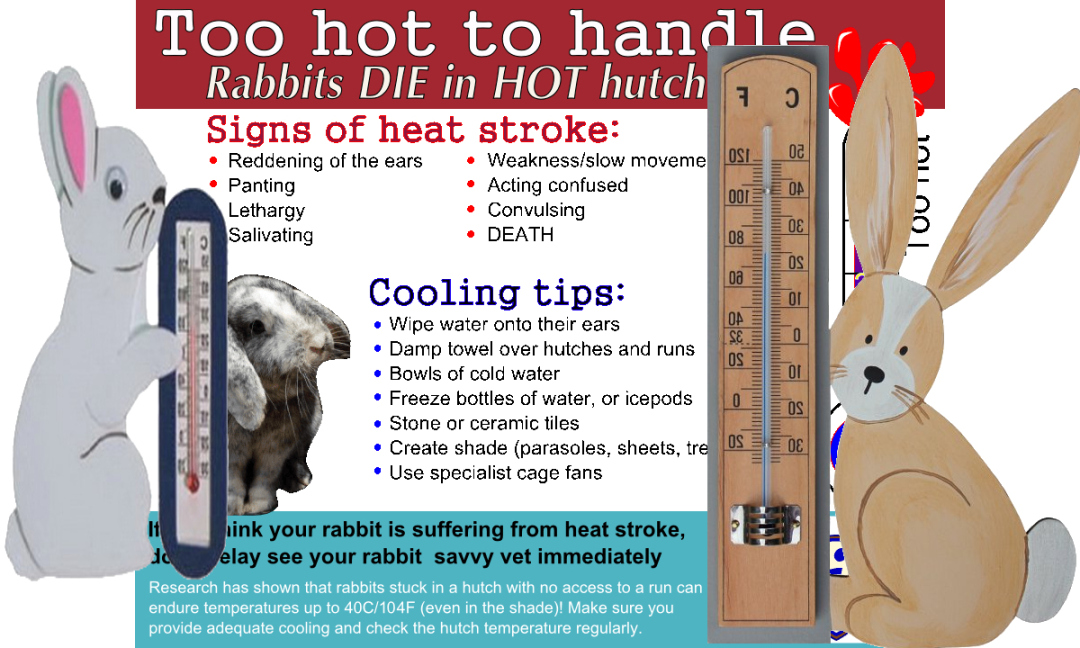What Temperature Can Rabbits Tolerate?
Rabbits are small, furry creatures that are known for their ability to adapt to various environmental conditions. However, just like any other animal, rabbits have specific temperature preferences that allow them to thrive. Understanding the temperature range that rabbits can tolerate is crucial for their well-being and ensuring they lead healthy lives.

Optimal Temperature Range
Rabbits are comfortable and thrive in temperatures ranging from 60°F to 70°F (15°C to 21°C). This temperature range provides optimal conditions for rabbits to live without experiencing stress or discomfort.
Factors Affecting Temperature Tolerance
There are several factors that can influence a rabbit’s tolerance to different temperatures:
- Breed: Certain breeds of rabbits have different tolerance levels. For example, rabbits with thick fur, such as the Angora breed, may tolerate colder temperatures better than short-haired breeds.
- Age: Young rabbits are generally more sensitive to extreme temperatures and may require additional care to ensure their well-being.
- Health: Rabbits with pre-existing health conditions may have a decreased tolerance for temperature extremes. It is essential to monitor their environment carefully.
- Acclimatization: Rabbits can adapt to different temperatures if given time to acclimate gradually. Abrupt changes in temperature can be more challenging for them to handle.
Temperature Extremes
Rabbits are vulnerable to extreme temperatures, both hot and cold. It is crucial to protect them from these extremes to prevent health issues or even death.
Cold Weather
Rabbits are more sensitive to cold weather than to heat. When the temperature drops below 32°F (0°C), it can be potentially dangerous for rabbits, especially if they are exposed to such conditions for an extended period. Cold weather risks for rabbits include:
- Hypothermia
- Frostbite
- Respiratory issues
- Dehydration
- Lack of appetite
Hot Weather
Rabbits can also struggle in hot weather, particularly when the temperature rises above 85°F (29°C). Heat stress and heatstroke are major concerns for rabbits in hot climates. Some signs of heat stress in rabbits include:
- Excessive panting
- Lethargy
- Loss of appetite
- Rapid breathing
- Redness around the eyes and ears
Frequently Asked Questions
1. What should I do if I notice my rabbit showing signs of heat stress?
If your rabbit is displaying signs of heat stress, you should immediately move them to a cooler area with good ventilation. Place a frozen water bottle or a cool damp towel near your rabbit to help lower their body temperature. Consult a veterinarian if their condition does not improve.
2. Can I leave my rabbit outside in the winter?
It is not recommended to leave rabbits outside during extremely cold temperatures. They are more susceptible to cold-related health issues and should be kept indoors or in a well-insulated hutch during winter.
3. How can I ensure my rabbit stays warm during colder weather?
Providing your rabbit with appropriate bedding, such as hay or straw, can help insulate them from the cold. Additionally, placing a heat pad or a snuggle safe disk under their bedding can provide extra warmth.
4. What precautions should I take to protect my rabbit from the heat?
To protect your rabbit from the heat, ensure they have access to shade and fresh, cool water at all times. You can also place frozen water bottles in their enclosure for them to lay against and stay cool.
Related Articles…
Copyright Notice:
Images displayed on this website are not our property, but are procured from the internet. If you hold copyrights to any image and wish for its removal, please get in touch with us.